What is GameFi? How Gaming and DeFi Work Together
The global gaming industry is valued at almost $400 billion and is expected to continue its explosive growth throughout the next several years. However, traditional gaming has a flaw. Users don’t actually own anything within the game. The gaming studio can change the rules at any time to eliminate features or modify in-game currencies. GameFi takes a different approach, giving players true ownership of in-game assets and often the ability to earn tokens for gameplay.
In this guide, we explore GameFi, including what it is, how it works, and how to get started. We’ll also discuss some of the risks to be aware of before embarking on your first blockchain adventure and how GameFi could help shape the future of gaming.
In Short: What is GameFi?
GameFi, meaning game finance, refers to an online gaming model that combines blockchain-based games with decentralized finance (DeFi) mechanics, including smart contracts and non-fungible tokens (NFTs) to represent in-game assets.
GameFi games often feature a play-to-earn aspect but may also have in-game economies and assets that can be traded on marketplaces either inside or outside of the game.
DeFi, short for decentralized finance, helps set GameFi games apart from traditional gaming models by offering permissionless access (anyone can play) and true ownership of in-game assets through tradable (NFTs). DeFi also brings the ability to leverage smart contracts, which are computer programs that run on the blockchain, to enable trading and even payment for in-game services.
How Do Gaming and DeFi Work Together?
Many GameFi titles utilize several aspects of DeFi, including ownership of tradable assets through NFTs as well as in-game currencies, which themselves can be traded on other marketplaces.
For example, MANA, the token for the Decentraland metaverse project, launched at $0.024, later reaching an all-time high of $5.90.
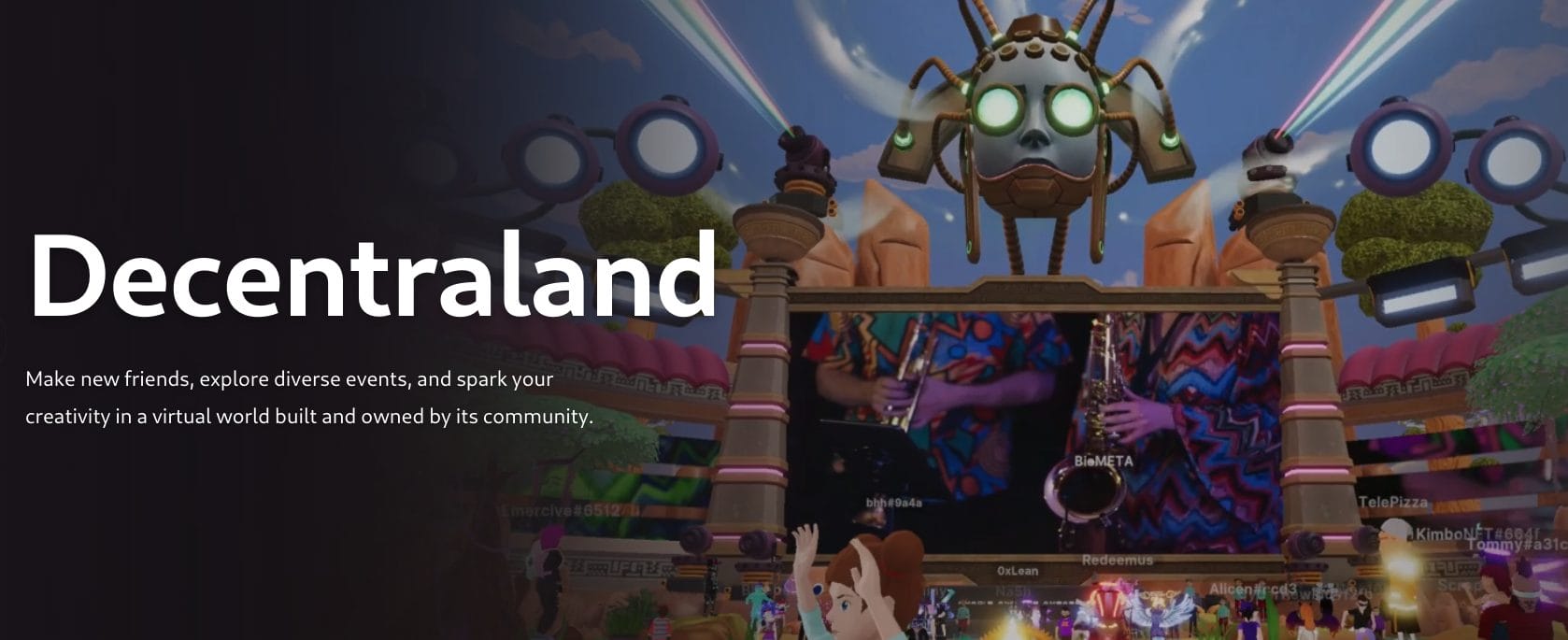
Players can earn MANA in nearly limitless ways in the game, ranging from hosting events to providing services to renting virtual land or even selling NFTs you create. You can even put your MANA to work to earn a yield by providing liquidity on decentralized exchanges like Uniswap.

The ownership of in-game assets and the ability to transact with those assets anywhere in the crypto world—and without permission—bring gaming and DeFi together to form GameFi.
GameFi vs. Traditional Gaming: What Sets Them Apart?
The differences between traditional gaming and GameFi begin with the game models: pay-to-play versus play-to-earn. However, in-game advertising marks a crossover area. Both gaming models may, at times, subject players to in-game ads, such as a billboard in the middle of the game.
Traditional games often follow a pay-to-play model, in which players either buy the game or pay a monthly subscription. By contrast, GameFi favors a play-to-earn model, rewarding players for successful gameplay and monetizing in-game activities.
That’s not to say that GameFi is always free to play. You may need to make an investment to get started. For example, to play Axie Infinity, you’ll need to build a battle-ready team of three Axies, the characters used in the game. Fortunately, you can own three basic Axies for less than $10. Alternatively, you can play Axie Infinity Origin for free.

Another primary difference between traditional gaming and GameFi centers on asset ownership. GameFi tokenizes in-game assets, making them tradable and creating secondary markets for game NFTs.
Play-to-Earn Potential
Many traditional games have in-game currencies and allow players to earn in-game tokens to accomplish certain tasks, win battles, or achieve other milestones. However, the in-game currency and tokens remain within the game. There’s no way to convert in-game tokens or coins to real-world currency.
By comparison, GameFi titles allow players to earn within the game and then convert those earnings to traditional currencies or put the assets to work elsewhere in the DeFi world. Players use GameFi to farm rewards and also to earn in other ways, such as NFT sales. Earning opportunities in GameFi range from a few dollars now and then to full-time income for the craftiest of players.
Decentralization and Ownership
A key difference between traditional gaming and GameFi hinges on centralization versus decentralization. Recently, a major gaming studio changed its end-user license agreement. Players who didn’t agree couldn’t access their accounts to play games they had already purchased. That’s centralization; one company controls access. Another risk to centralization is data breaches. Centralization creates a richer target for hackers who may want to steal user data or credit card information.
By contrast, GameFi uses decentralized public blockchains. There’s no need to provide your personal information. Instead, you connect to games using your crypto wallet address as an alias, although you may be able to use a human-readable player name as well. In GameFi, there’s no centralized authority to deny access. Many GameFi platforms also use a decentralized autonomous organization (DAO) to let token holders vote on changes to the platform.
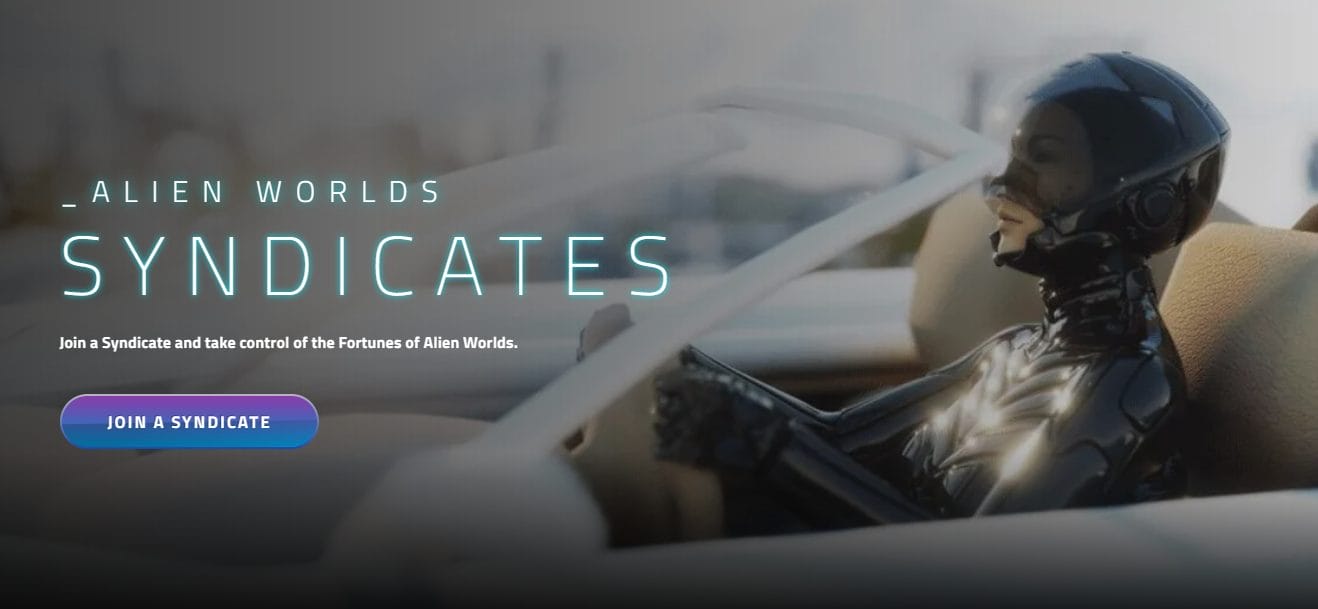
Centralization and decentralization also play a role in the ownership of in-game assets as well as your game identity itself. Traditional centralized games can remove your in-game assets or even you as a player with a click of a button. By comparison, GameFi gives players ownership of in-game assets and often gives the community control over the project through DAO votes.
Monetization Models
Decentralization also leads to a different monetization model for GameFi titles that favors players. In-game assets are tokenized as NFTs.
For example, land within metaverse games is represented by NFTs, which you can then sell or even rent out for income in some games. Similarly, gear upgrades like equipment, armor, or skins may also be NFTs, allowing players to resell gear to other players as they upgrade to new gear.
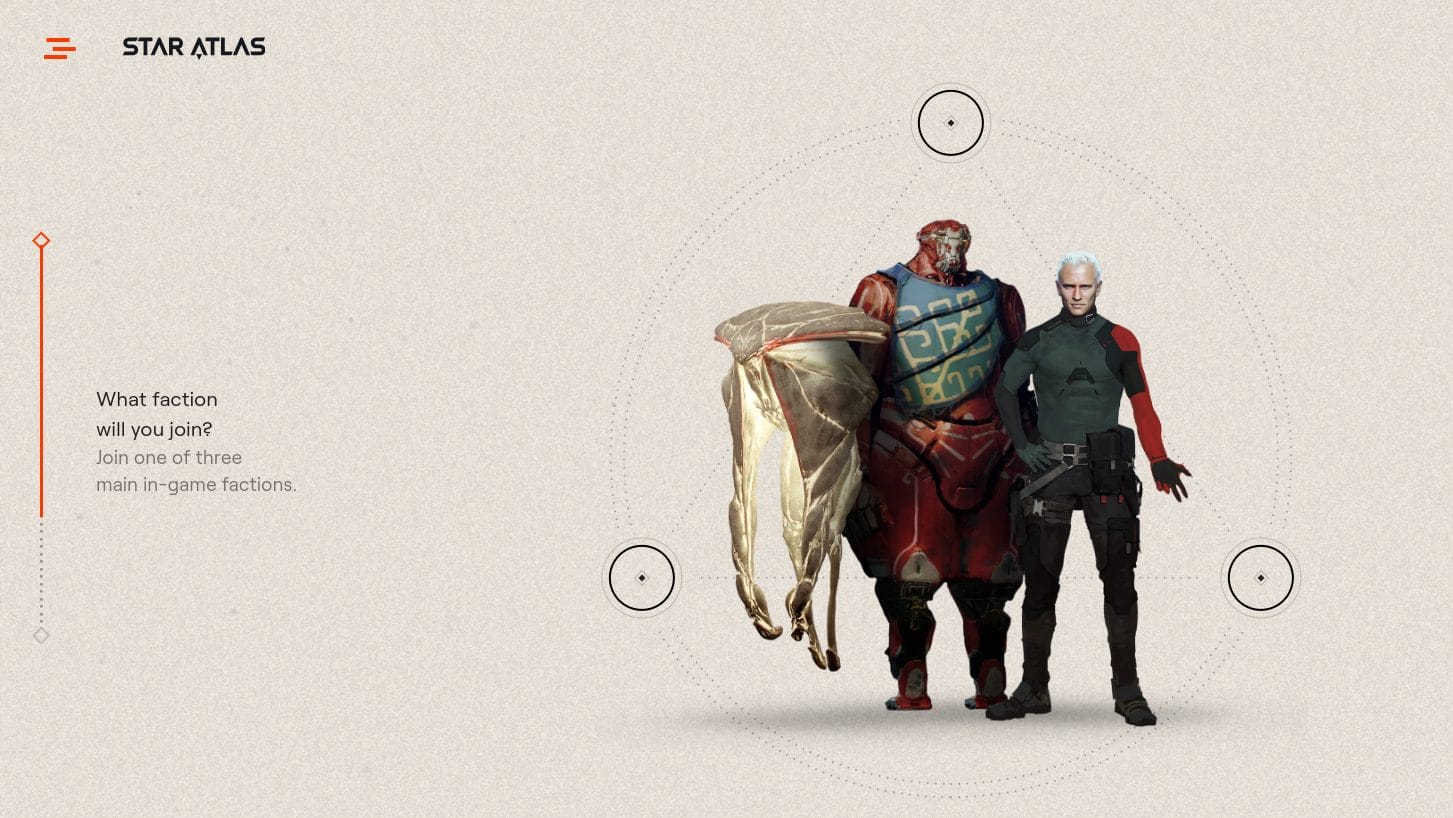
In 2018, a CryptoKitties NFT sold for 600 ETH, about $172,000 at the time. That’s more than $1.8 million based on the current ETH price. KryptoKitties was one of the earliest blockchain games, paving the way for today’s more advanced web3 games.
DeFi smart contracts are at the heart of these peer-to-peer transactions, allowing any wallet address on the network to transact using a pseudonymous identity. A percentage of transactions may go to the development team to help pay for ongoing development costs. The team itself may also hold tokens, often granted as part of the initial distribution, creating an incentive to improve the game and increase demand for game tokens.
On the other hand, traditional gaming primarily relies on traditional sales, subscriptions, and microtransactions. All revenue generated by players stays on the game studio’s platform. Additionally, the publisher can change game economies at any time.
How to Get Started in GameFi
To get started in GameFi, you’ll need a crypto wallet and, in most cases, some crypto. Which cryptocurrency you need depends on which game you want to play. For example, Axie Infinity centers on ETH. However, Star Atlas runs on the Solana blockchain, meaning you’ll need SOL tokens and a Solana-compatible wallet to get started.
Selecting a GameFi Platform
GameFi offers something for nearly every type of gamer. Choose from simpler, time-tested favorites like CryptoKitties or Axie Infinity. Alternatively, explore infinite metaverse worlds like Decentraland or an entire universe with Illuvium.
- CryptoKitties: Although less popular than in its heyday when CryptoKitties famously almost broke Ethereum, CryptoKitties still lets players channel their inner geneticist to breed new kitty NFTs.
- Axie Infinity: If you like Pokemon battle-type games, you might also enjoy Axie Infinity. Build a winning team of Axies and battle your way to the top.
- Decentraland: Explore a seemingly endless metaverse that has something for everyone and an in-game economy.
- DeFi Kingdoms: Strategy meets profit opportunity in DeFi Kingdoms, a playfully pixellated fantastical world.
- Illuvium: Battle in arenas on distant worlds in this community-governed GameFi project.
- Pixels: The aptly named Pixels brings back 8-bit graphics in this play-to-earn game. The game lets you build your own low-resolution world, with profit opportunities for industrious players.
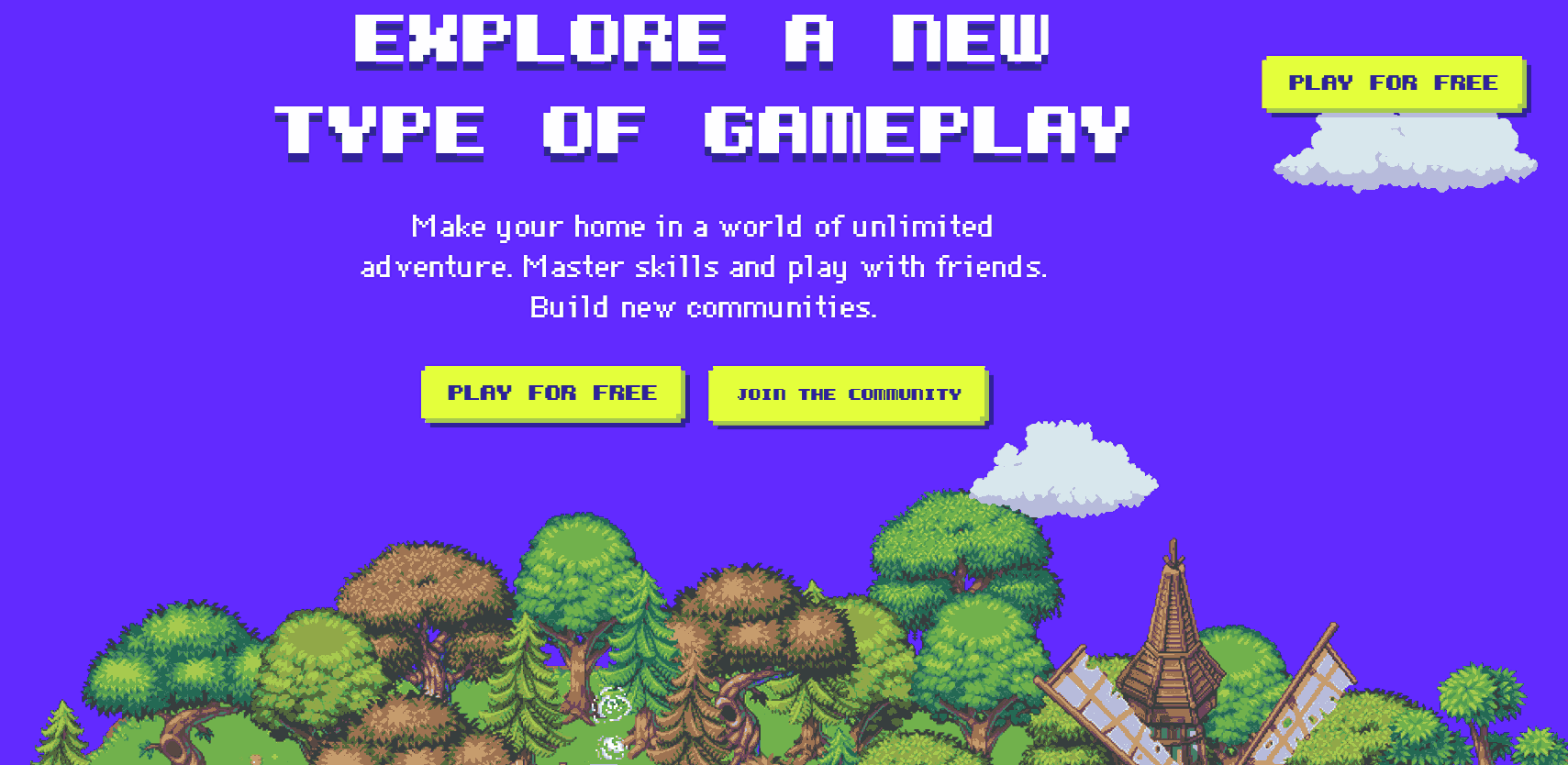
Making the Initial Investment
Depending on which game you choose, you may need some crypto seed money to get started. Often, this goes to purchasing an avatar, gear, or other in-game assets you may need to begin your adventure. You’ll also need a self-custody crypto wallet to connect to the game and make transactions. You won’t be able to connect an exchange wallet. However, you can use a crypto exchange to buy crypto and then transfer it to your self-custody wallet.
Note: You may also need to hold some crypto in your wallet for network fees within the game.
The Risks of GameFi
Not all GameFi opportunities result in a profit — and in some cases, you can lose everything. In 2022, the Harmony One bridge was hacked. The bridge was used by DeFi Kingdoms, which later switched to the Klaytn chain to support the game. Some players reportedly lost funds in the $100 million hack. The game’s JEWEL token also fell by 50% following the hack.
- Smart contract risk: Smart contracts are computer programs that run on the blockchain using conditional language. If this happens, then do that. Hackers may find an exploit to make these contracts do something unexpected, as happened with the Harmony hack.
- Self-custody wallet risks: Managing your crypto in a self-custody wallet requires more security steps. Beginners can make mistakes that may put their crypto at risk. Additionally, some software wallets may have bugs or insecure code, not unlike smart contracts.
- Token price risk: Many GameFi crypto tokens are inflationary, meaning that the supply increases. This model helps to provide rewards in play-to-earn games but can also affect the price of the tokens themselves. Tokens may also fall in value if the game becomes less popular.
GameFi’s Impact on the Future of Gaming
GameFi projects bring several benefits compared to traditional games, and we may see traditional games incorporate some aspects of GameFi to remain competitive. For example, players may be able to save gear and other in-game assets as NFTs. While in-game upgrades are big business for gaming companies, and the incentive is to maintain the existing business model, a growing market in GameFi would encourage some studios to give players more autonomy. GameFi games like Pixels boast more than 650,000 unique active wallets, making GameFi a growing segment to watch.
In the short term, there’s a market for both traditional games and GameFi, with players having the option to use either.
Conclusion
GameFi brings together the worlds of gaming and decentralized finance to give players more autonomy and ownership of in-game assets. The decentralized nature of the games themselves allows anyone to access the games without restrictions and paywalls common to traditional gaming. Once there, players can monetize gameplay in a number of ways, including earning GameFi crypto tokens, trading NFTs, and even supplying liquidity for game tokens in decentralized exchanges.
As the GameFi segment continues to grow, we can expect more exciting titles. Traditional gaming companies may also take notice, gradually giving players ownership of select in-game assets using the blockchain.
FAQs
What is GameFi?
GameFi’s meaning refers to play-to-earn games that offer profit opportunities through decentralized finance (DeFi). Often, players can earn GameFi crypto tokens and trade in-game assets as non-fungible tokens (NFTs).
Does GameFi have a future?
GameFi has already grown well beyond its simpler roots of games like CryptoKitties to impressive projects like Star Altas and Illuvium. Future growth likely depends on finding the right mix of fun-to-play games and in-game earning opportunities.
How do players earn in GameFi?
Players can earn in several ways in GameFi, including earning game tokens for completing certain tasks or reaching key milestones. GameFi also uses NFTs to represent in-game assets, allowing players to earn profits and recoup purchase costs. Some GameFi projects also offer an in-game economy, allowing players to rent properties, host events, or perform services for payment.
References
- Video Game Industry – Statistics & Facts (statista.com)
- The Inside Story of the CryptoKitties Congestion Crisis (consensys.io)
- $100 million worth of crypto has been stolen in another major hack (cnbc.com)
- Someone just bought a cryptocurrency cat for $172,000 (cnet.com)






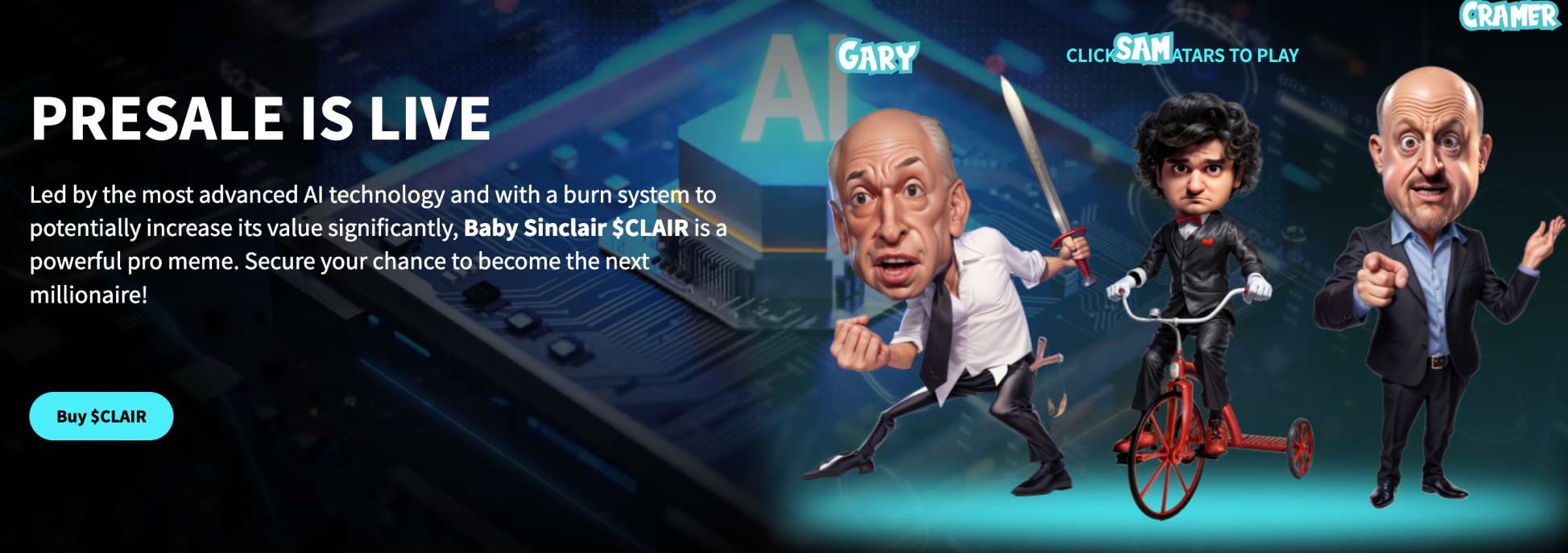
 Kane Pepi
Kane Pepi 

